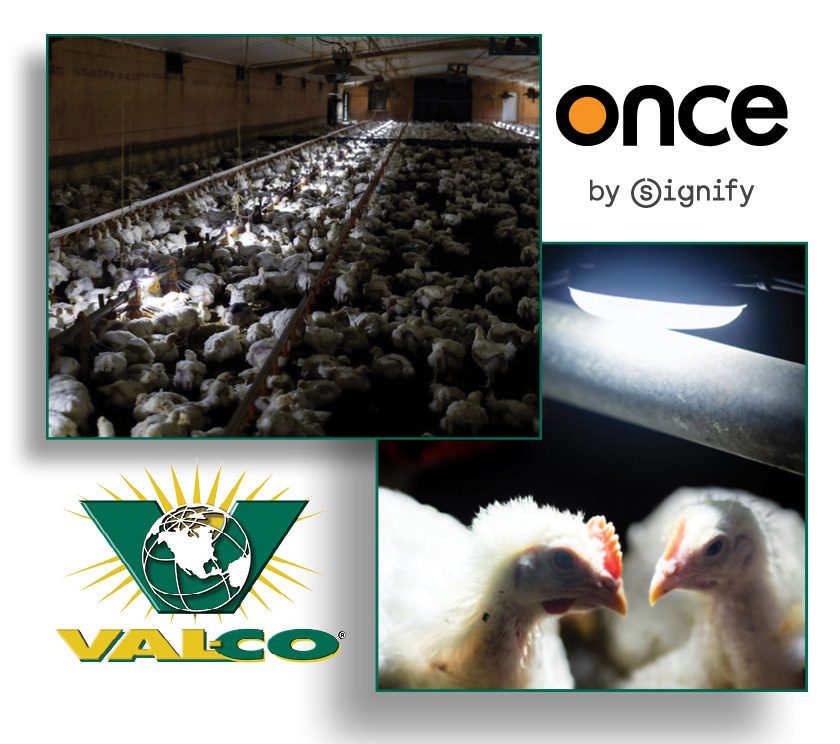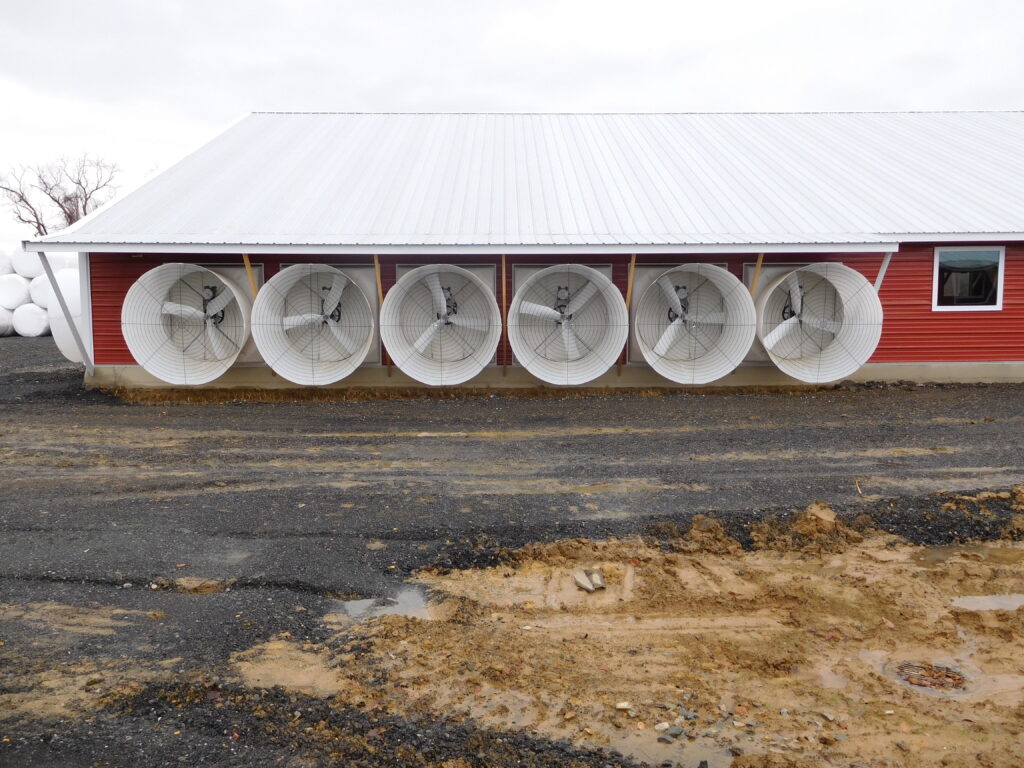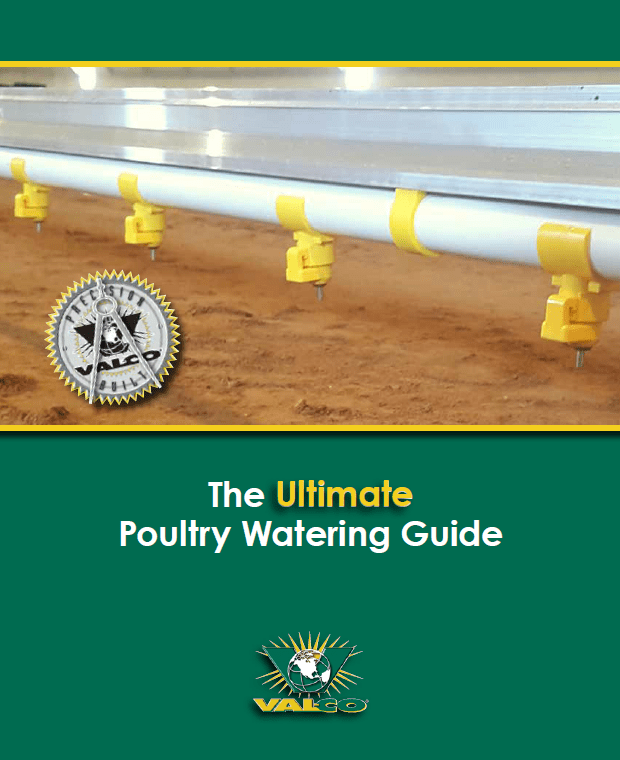 Recently, there have been many food recalls due to contamination such as e.coli and Salmonella. Controlling the spread of these diseases – to consumers and to other flocks – requires a careful cleaning and disinfecting program through every step of the rearing process.
Recently, there have been many food recalls due to contamination such as e.coli and Salmonella. Controlling the spread of these diseases – to consumers and to other flocks – requires a careful cleaning and disinfecting program through every step of the rearing process.
Every farm has its own checklist of chores to complete in between flocks. It might include things like windrowing, blowing off heaters, spraying down fans, and disinfecting waterlines. But sometimes small things can get overlooked, and disease will hide in every small, dark corner it can find.
In breeder or layer houses, egg belts can be a happy home for bacteria. Egg belts carry more than just eggs; they carry dirt, feathers, and manure, as well. Fabric belts can be difficult to clean and disinfect. They’re also costly to replace between every flock.
To increase life of wear and biosecurity, many producers have switched to plastic egg belts. These new belts have large holes that allow that dirt, feathers, and manure to fall through the cracks so that less debris remains on the belt itself, resulting in cleaner eggs, and limiting the spread of disease. Despite the overall improved cleanliness of the belt, it is still imperative that they be cleaned and disinfected on a regular basis.
The plastic egg belts are easy to clean with just a broom, and some warm water. They also are easy to repair, requiring just a few snips and some belt strapping.
Keep in mind, when using plastic belts, to not over-tighten them. Too much tension could cause the belt to break. To prevent this, allow manufactured tensioning systems to keep proper tension on plastic belts.



